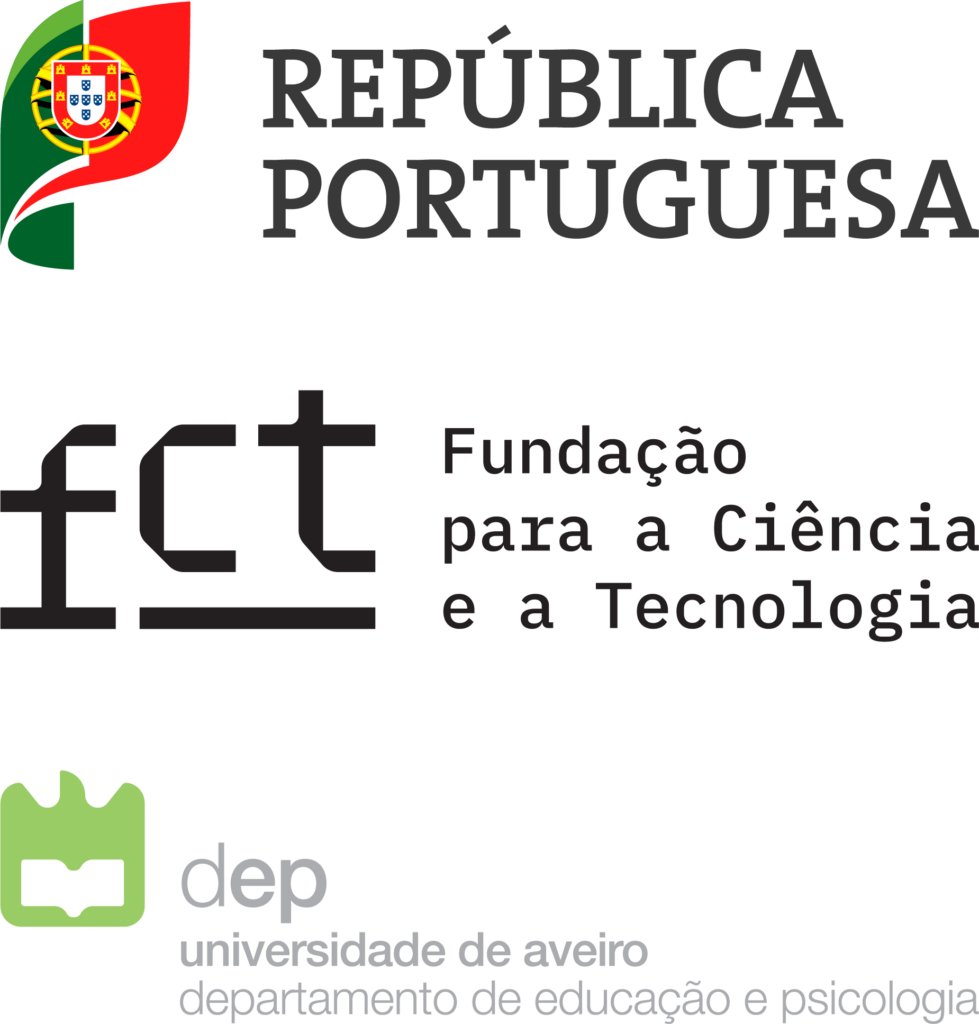Issa Alkinj, Anabela Pereira (CIDTFF) & Paula Coelho Santos (CIDTFF) | Heliyon, 8 (5), e09289
Abstract:
Social communication difficulties are one of the most common issues among individuals with autism spectrum disorder (ASD), as ASD affects their social and academic lives and isolates them from their environment. Several studies that utilized video modeling, video self-modeling, or social stories (or social stories combined with video modeling) have yielded promising outcomes in improving the social skills of individuals with ASD. However, to date, the effects of the combination of all three strategies have not been studied. The current study aimed to examine the effectiveness of an educational program based on multiple strategies, including social stories, animated video modeling, and video self-modeling, to improve the social communication skills of a sample of six high-functioning students with ASD at the Autism Academy of Jordan. A mixed method (quantitative and qualitative) approach was used to examine the impact of the program on the experimental group. The results of the Mann–Whitney test indicated that compared to the monitoring group, all participants in the experimental group achieved significant improvements in the post-test of the Autism Social Skills Profile in both the domains of social reciprocity and social participation skills. Furthermore, the data from teachers’ interviews, analyzed using WebQDA software, corroborated the results in terms of significant improvements in students’ social skills after the implementation of the educational program. The implications of the study for psychological and educational interventions are addressed, and research suggestions are made to promote the personal and social development of individuals with ASD.
– – – – –
Referência:
Alkinj, I., Pereira, A. & Santos, P. C. (2022). The effects of an educational program based on modeling and social stories on improvements in the social skills of students with autism. Heliyon, 8 (5), e09289. https://doi.org/10.1016/j.heliyon.2022.e09289





